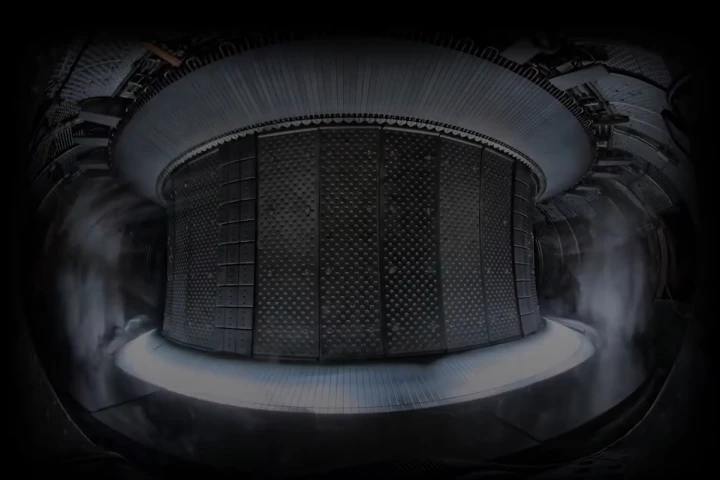ESA astronomers have turned the Fermi,Swift and Integral telescopes towards a distant supermassive black hole, using an opportune gravitational lens to make observations thatwould otherwise have been impossible. The findings represent the first time that gamma rays have been observed using a cosmic lens.
While the current crop of space telescopes are capable of providing some seriously breathtaking views of the universe, they're not powerful enough to image the inner regions of black holes, where high speed gamma rays are emitted.
Well, not under their own steam they'renot, anyway. The team of ESA researchers took advantage of an alignment of the supermassive black hole PKS 1830-211 (itself billions of light-years distant) and a star – the latter of which sits directly between the telescopes and the target.
The effect is known as gravitational lensing, wherein the gravity of the obscuring object causes the light from the target to flow around it, much like a gigantic magnifying glass. Astronomers have made use of such cosmic lenses multiple times, using them to observe colliding galaxies, supernova explosions and more.
The team equates the sheer distance between the Earth and the black hole in question as being like attempting to spot an ant on the moon, with the width of the distant patch of sky measuring around 100 times the distance between theEarth and Sun.
The observations show that the gamma rays are emitted directly from the vicinity of the black hole, giving scientists key information about the nature of the huge jets of high-energy photons.
Three space telescopes worked together to make the observations, building a complete picture of the gamma rays streaming out of the black hole region. NASA's Fermi observatory gathered data on the highest energy rays emitted at the base of the jets, while ESA's own Integral was used to look at the less energetic particles in the surrounding area. Integral also teamed up with the Swift telescope to study emitted X-rays in the region surrounding the black hole.
Overall, the observations could have a big effect on our understanding of supermassive black holes, providing new, unique information about the high-energy processes present.
"This black hole is one of the most powerful known objects of its kind," says ESA's Integral project scientist Erik Kuulkers. "Fully characterizing its emission will hopefully give us real insight into how these jets form."
Source: ESA





